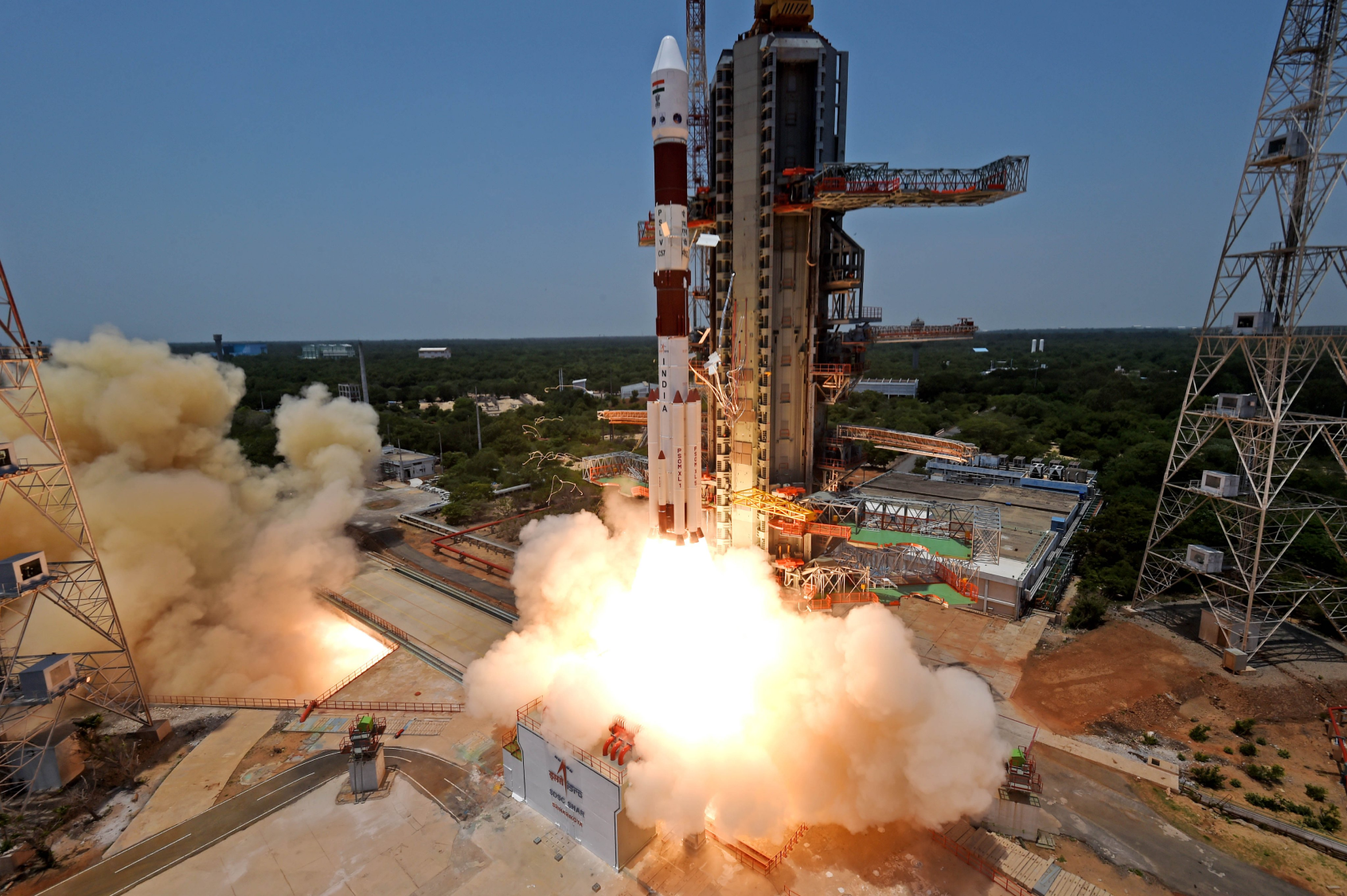At 11:20 Indian Standard Time on the 2nd of September 2023, a PSLV, also called Polar Satellite Launch Vehicle, lifted off from Satish Dhawan Space Centre carrying the Aditya-L1 solar observatory. The PSLV for this mission was flying using the XL configuration and had six additional solid rocket boosters.

The Aditya-L1 solar observatory is made to study the solar upper atmosphere as well as studying chromospheric and coronal heating, physics of the partially ionized plasma, initiation of the coronal mass ejections, and flares. The spacecraft will also observe the development, dynamics, and origins of coronal mass ejections.
The Indian Space Research Organisation provided a brief summary of the spacecraft and its mission on its site. It states;
Aditya L1 shall be the first space based Indian mission to study the Sun. The spacecraft shall be placed in a halo orbit around the Lagrange point 1 (L1) of the Sun-Earth system, which is about 1.5 million km from the Earth. A satellite placed in the halo orbit around the L1 point has the major advantage of continuously viewing the Sun without any occultation/eclipses. This will provide a greater advantage of observing the solar activities and its effect on space weather in real time. The spacecraft carries seven payloads to observe the photosphere, chromosphere and the outermost layers of the Sun (the corona) using electromagnetic and particle and magnetic field detectors. Using the special vantage point L1, four payloads directly view the Sun and the remaining three payloads carry out in-situ studies of particles and fields at the Lagrange point L1, thus providing important scientific studies of the propagatory effect of solar dynamics in the interplanetary medium
The suits of Aditya L1 payloads are expected to provide most crucial informations to understand the problem of coronal heating, coronal mass ejection, pre-flare and flare activities and their characteristics, dynamics of space weather, propagation of particle and fields etc.
The four remote sensing payloads are; Visible Emission Line Coronagraph for corona imaging and spectroscopy, Solar Ultraviolet Imaging Telescope for photosphere and chromosphere Imaging, Solar Low Energy X-ray Spectrometer for 'Sun-as-a-star' observation, and High Energy L1 Orbiting X-ray also for 'Sun-as-a-star' observation.
The three in-situ payloads are; Aditya Solar Wind Particle Experiment for solar particle analysis, Plasma Analyser Package For Aditya for also for solar particle analysis, and Advanced Tri-axial High Resolution Digital Magnetometers for in-situ magnetic field measurements.
What is PSLV?
The Polar Satellite Launch Vehicle, commonly referred to as PSLV, is a four-stage medium-lift launch vehicle that has launched fifty-eight times with fifty-five successes. PSLV first flew on the 20th of September 1993 and was developed so India could launch its remote sensing satellites into sun-synchronous orbit but is now a leading provider of small satellite rideshare services.
The first stage is a twenty-meter tall solid rocket booster generating 494 tons of thrust burning Hydroxyl-terminated polybutadiene for 110 seconds. The first stage can have up to six boosters attached generating 72 tons of thrust each for 70 seconds. The second stage is powered by a single Vikas engine generating 82 tons of thrust for 133 seconds burning Dinitrogen tetroxide and Unsymmetrical dimethylhydrazine. The third stage is a three-point six-meter tall solid rocket motor generating 25 tons of thrust for 113.5 seconds burning Hydroxyl-terminated polybutadiene. The fourth stage is powered by two L-2-5 engines burning Monomethylhydrazine and Mixed oxides of nitrogen for up to 525 seconds generating 1.5 tons of thrust.






